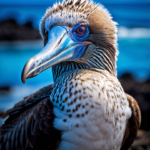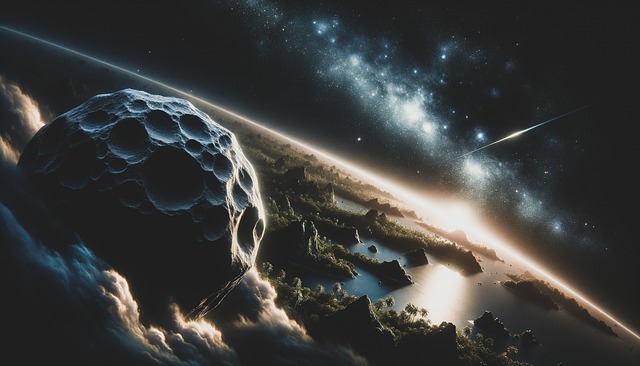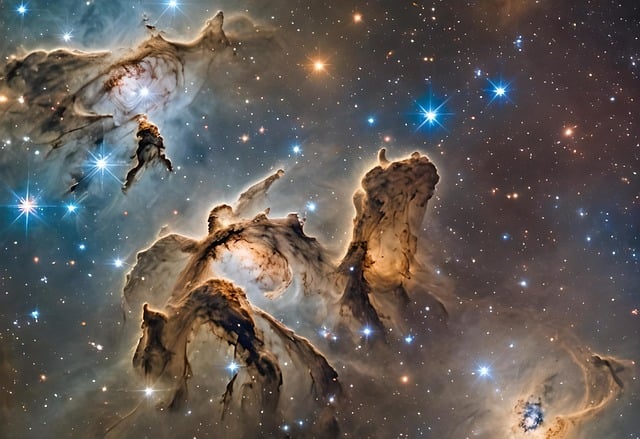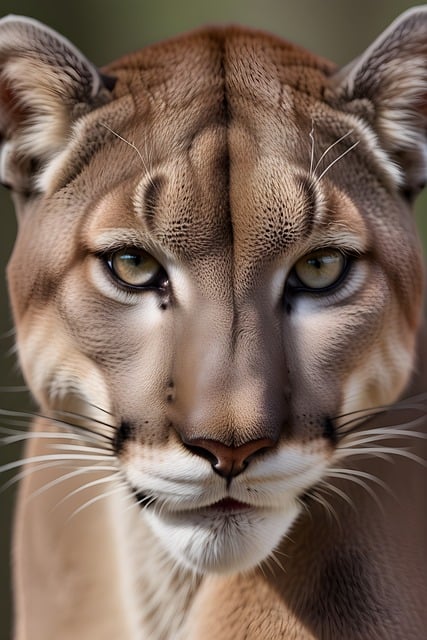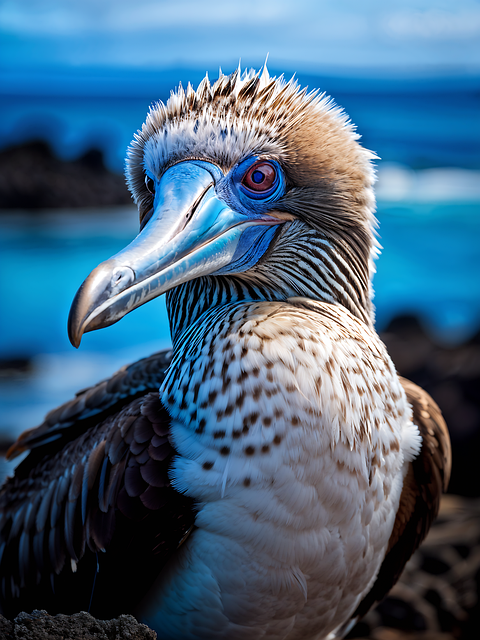The recent discovery of well-preserved shark fossils from the Late Cretaceous period, which dates back 105 to 72 million years ago, is providing new information about the evolution of sharks.
Researchers discovered several well-preserved fossils of an extinct genus called Ptychodus in the Lagerstätte fossil beds of Vallecillo in Mexico, which is considered a significant discovery.
The fossils found contain not only the sharks’ bones that are still connected, but also some of their cartilage structures, the shapes of their entire bodies, and maybe even their organs. By examining these details, researchers can now better understand how the sharks’ teeth and spine align with the rest of their bodies, helping to estimate their sizes and their place in shark evolution more accurately.
The discovery of fossils has now confirmed that Ptychodus sharks are part of the Lamniform family, which also includes great white sharks.
Ptychodus was much larger than modern great whites, with a length of up to 9.7 meters (32 feet). Unlike great whites, Ptychodus had crushing plates in their teeth, which helped them eat shelled animals that would be hard to consume otherwise.
A team of paleontologists, with Romain Vullo from the French National Centre for Scientific Research at the helm, has found evidence that suggests lamniform sharks were very diverse in terms of their ecological morphology. They also propose that these sharks were the most common group in Cretaceous marine ecosystems.
Ptychodus likely ate mostly hard-shelled prey like ammonites and sea turtles that lived in the open ocean rather than invertebrates on the seafloor. Its extinction during the Campanian period, before the end of the Cretaceous period, may have been due to competition from newly evolved mosasaurs with blunt teeth.
Since the discovery of Ptychodus fossils in England in 1729, their grinding teeth have intrigued scientists. Most of the fossils found in the following years have been teeth and vertebrae, as these are the only parts of a shark’s skeleton made of bone. The rest, which are cartilage, typically do not fossilize, leaving many unanswered questions about Ptychodus and its appearance.
Although incomplete, the small number of remains discovered in various locations across the globe have provided sufficient evidence to suggest the type of animal that deposited them.
Some sharks today use a feeding strategy called durophagy, which involves eating hard-shelled prey. The discovery of many teeth in Late Cretaceous fossil beds suggests that this prehistoric shark likely had a cartilage skeleton, as few other remains were found. The vertebrae of Ptychodus found are similar to those found in other sharks, further supporting this conclusion.
By studying the usual remains left by sharks, it is difficult to accurately determine the appearance of these sharks. Our knowledge of the famous megalodon is primarily based on educated speculations rather than concrete evidence.
However, we also come across sites like the Vallecillo Lagerstätte.
A Lagerstätte is a special type of fossil site that is known for exceptionally preserving fossils, even including soft tissues that would normally decay before the fossilization process occurs. At Vallecillo Lagerstätte, paleontologists uncovered six specimens of Ptychodus, providing new insight into the physical characteristics of this ancient predator.
The fossils of the sharks found were not very big, with the largest one measuring just over 2 meters in length. However, these fossils provided a detailed look at the anatomy of the sharks like never before. This allowed researchers to use this information to estimate that the sharks could reach a maximum length of 9.7 meters by looking at other recovered teeth.
Researchers were able to determine various characteristics of these sharks, such as the number of vertebrae, the size of their eye sockets, the number of fins, the size of their heads, and the shape of their bodies. This information helped them confidently identify the sharks as lamniform, and conclude that they were capable of swimming at high speeds.
Ptychodus had a unique body shape that set it apart from other durophagous sharks, highlighting the challenges of identifying a shark’s physical characteristics just by looking at its teeth. It is possible that Ptychodus was the largest durophagous shark to have ever existed, surpassing even the largest sharks alive today.
Researchers have found new evidence in Mexico that shows a different type of environment for the Ptychodus species of sharks, challenging the common belief that they were bottom-dwellers that mainly fed on shelled invertebrates like bivalves.
Recent evidence suggests that Ptychodus was a predator that lived in open waters and swam quickly. It hunted well-protected ocean creatures like large ammonites and sea turtles, supporting the idea that it was a more active swimmer than previously thought based on its physical characteristics.
We certainly hope that there will always be new and amazing things to marvel at.
The findings of the team’s research have been officially documented and published in a scientific journal called the Proceedings of the Royal Society B: Biological Sciences.







